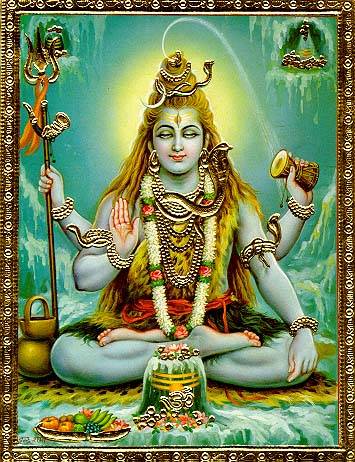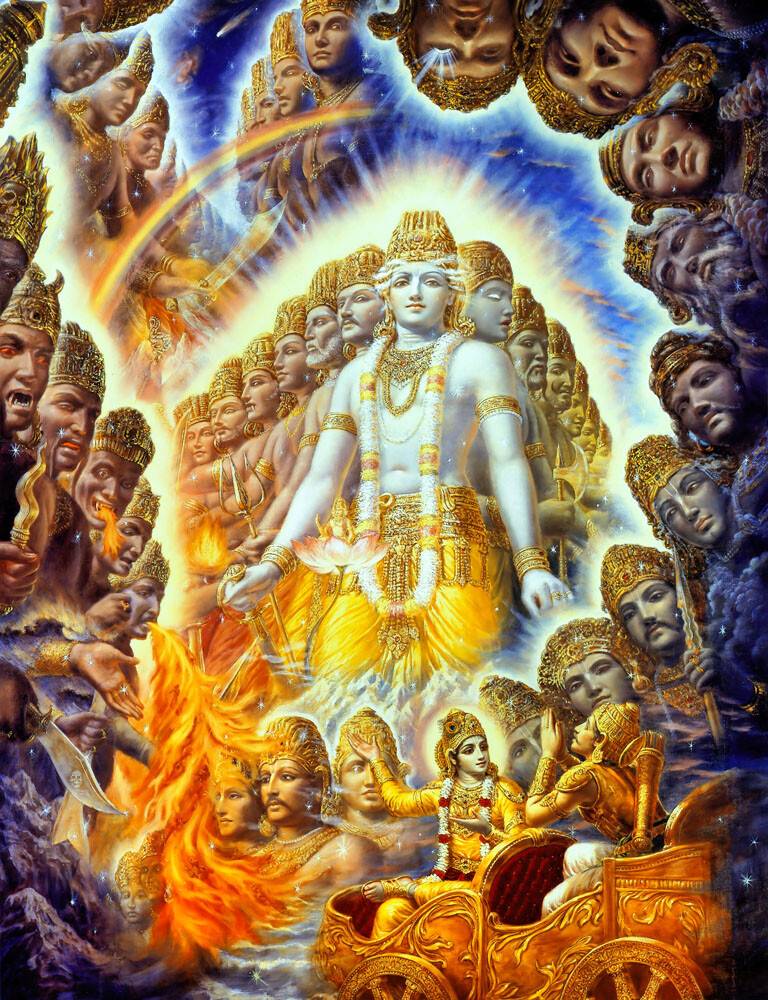Transcendental Realms in Hinduism
Hinduism presents a comprehensive view of existence that encompasses various realms or states of being, particularly through the framework of transcendental realms. These realms are often associated with different levels of consciousness and spiritual evolution, providing a path for practitioners to achieve moksha, or liberation from the cycle of birth and rebirth (samsara).
Brahman: The Ultimate Reality
At the core of Hindu philosophy is the concept of Brahman, the ultimate reality and the source of all creation. Brahman is described as formless, limitless, and transcendent, transcending all descriptions and concepts. It represents the absolute truth, with which individual souls (atman) seek to merge. The realization of Brahman is considered the highest state of enlightenment, where the individual experiences unity with the universe.
Lokas: The Spiritual and Material Realms
Hindu cosmology describes various lokas or realms that exist beyond the material universe. These lokas include:
- Svarga (Heaven): A realm of pleasure where souls experience the outcomes of their good karma. It is often depicted as a temporary abode where souls enjoy blissful experiences before reincarnation.
- Mahaloka: Considered a higher realm than Svarga, Mahataka is inhabited by saints and noble beings who have accumulated significant positive karma. Here, souls can engage in elevated spiritual practices.
- Tapa-loka: This realm is associated with intense austerity and devotion. The inhabitants here are often sages who have devoted their lives to meditation and spiritual discipline, resulting in profound wisdom and realization of their true nature.
- Jana-loka: Home to the more advanced spiritual beings and practitioners, Jana-loka represents a stage where souls gain deep insights into existence and ultimately preparation for liberation.
- Satyaloka: The highest of the spiritual realms, it is inhabited by beings like Brahma, the creator deity. Souls that reach this realm have completed their spiritual journey and are close to merging with Brahman.
Transcendence and Liberation
The ultimate goal of Hindu spiritual practice is to transcend the material realm and ascend through the spiritual lokas, leading to moksha or liberation. This state is characterized by the cessation of personal suffering and the realization of one’s unity with Brahman.
The paths to transcendental realization can vary, including:
- Jnana Yoga: The path of knowledge and wisdom, focusing on intellectual understanding of the self and Brahman.
- Bhakti Yoga: The path of devotion, emphasizing love and devotion towards a personal deity.
- Karma Yoga: The path of selfless action, encouraging individuals to perform their duties without attachment to results.
Conclusion
The concept of transcendental realms in Hinduism provides a profound understanding of existence and spirituality. By recognizing the various lokas and the ultimate goal of merging with Brahman, practitioners are guided towards a meaningful and fulfilling spiritual journey. These teachings encourage individuals to pursue moral living and spiritual practices that lead to ultimate liberation, a central tenet of Hindu philosophy.

